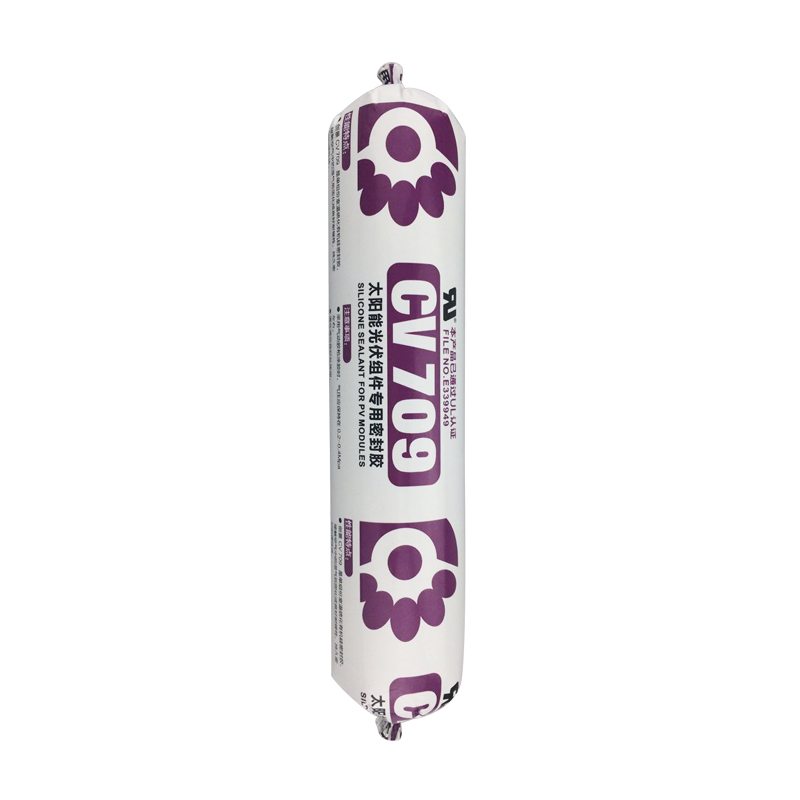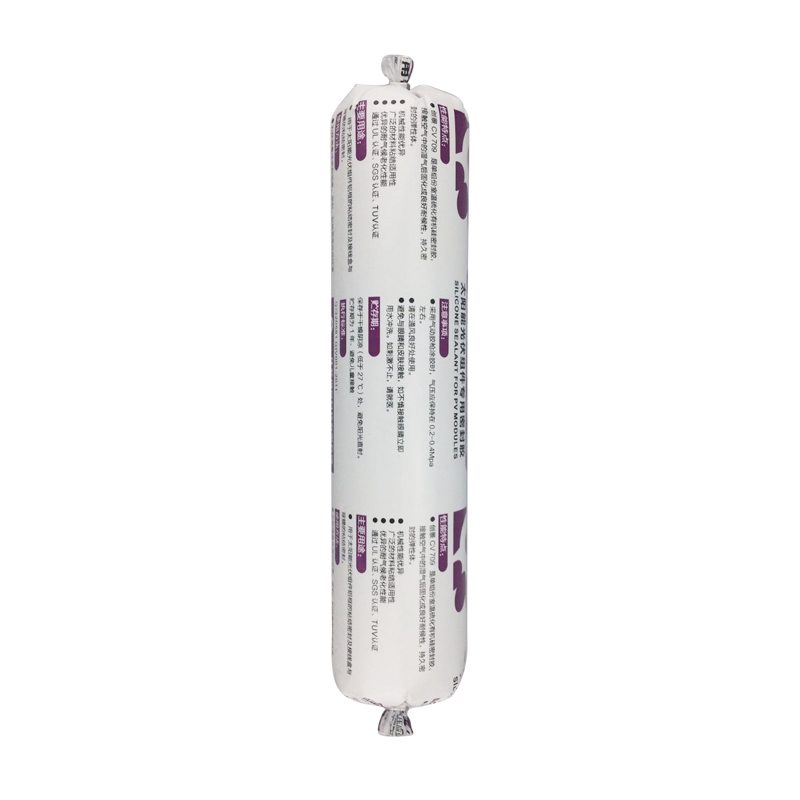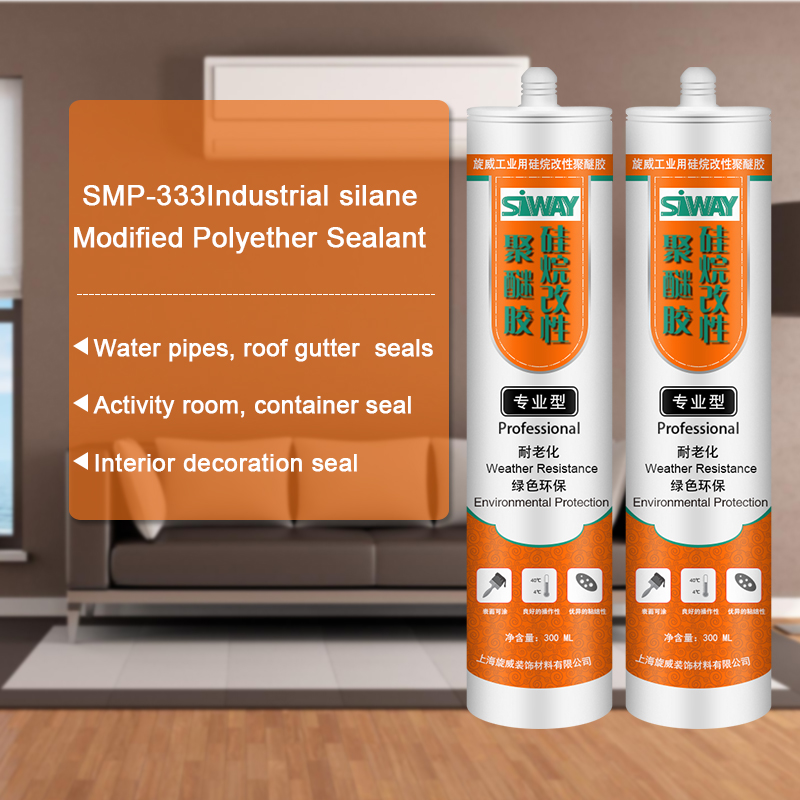10 Years Manufacturer CV-709 silicone sealant for PV moudels Supply to America
Short Description:
Description CV709 is a high-performance silicone sealant, one-component oxime type room temperature curing silicone rubber, has excellent weather resistance, high thixotropy, after curing for solar components involved in the base material has good caking property, by TUV for environmental requirements of the ROHS, UL E339949 Key Features 1. 100% silicone 2. No sag 3. high thixotropy 4. Water & weatherproof 5. For solar components involved in the base material has good bonding Basic Ap...
Our company promises all users of the first-class products and the most satisfying post-sale service. We warmly welcome our regular and new customers to join us for 10 Years Manufacturer CV-709 silicone sealant for PV moudels Supply to America, We encourage you to make contact as we are looking for partners in our venture. We are sure you will find doing business with us not only fruitful but also profitable. We are ready to serve you with what you require.
Description
CV709 is a high-performance silicone sealant, one-component oxime type room temperature curing silicone rubber, has excellent weather resistance, high thixotropy, after curing for solar components involved in the base material has good caking property, by TUV for environmental requirements of the ROHS, UL E339949
Key Features
1. 100% silicone
2. No sag
3. high thixotropy
4. Water & weatherproof
5. For solar components involved in the base material has good bonding
Basic Application
1.Solar module frame seal
2.The adhesive of the solar energy back to the terminal block
3.General industrial assembly with seal
Technical data sheet
| Test standard | Test project | Unit | value |
| Before curing——25℃,50%R.H. | |||
| specific gravity | g/ml | 1.34-1.40 | |
| GB13477 | Operating time | min | 15 |
| GB13477 | surface drying time(25℃,50%R.H.) | min | 40-60 |
| 3 days after curing——25℃,50%R.H. | |||
| Temperature range | ℃ | -55~200 | |
| GB13477 | Durometer Hardness | Shore A | 40~55 |
| The ultimate tensile strength | Mpa | ≥2 | |
| GB13477 | Breaking elongation | % | 300-600 |
| Aluminum bonding shear strength | Mpa | ≥1.5 | |
| Electrical properties | |||
| Breakdown voltage | Kv/mm | ≥20 | |
| Volume resistance | ohm.cm | 9E+14 | |
| Dielectric constant | 3.1@50Hz | ||
Certification
UL E339949; TUV
Color
Black, White
Package
300ml in cartridge * 24 per box, 500ml in sausage *20 per box
Shelf life
12 months
Note
If you want the TDS or MSDS or other details, please contact with our sales person.
Bike Mayhem Android & ios gameplay HD
Find more video…
Typical features of a mountain bike are wide, mostly knobby tires. The original 26 inch wheel diameter in 2.125 widths, (ISO 559 mm rim diameter) is increasingly being displaced by 29 inch wheel diameter in the average ~2.35 widths, 59-622 tire size (ISO 622 mm rim diameter) as well as the 27.5 inch wheel diameter in the average ~2.25 widths (ISO 584 mm rim diameter), some models also offer 24 wheel size.[9]
Tire size can be chosen based on bicycling terrain and size of the person. A larger tire can cause geometric problems for a short rider.
Bicycle wheel sizes are not precise measurements: a 29-inch mountain bike wheel with a 622 millimetres (24.5 in) bead seat diameter (the term, bead seat diameter (BSD), is used in the ETRTO tire and rim sizing system), and the average 29″ mountain bike tire is (in ISO notation) 59-622 corresponds to an outside diameter of about 29.15 inches (740 mm).[9]
622 mm wheels are standard on road bikes and are commonly known as 700C. In some countries, mainly in Continental Europe, 700C (622 mm) wheels are commonly called 28 inch wheels.[9] 24 inch wheels are used for dirt jumping bikes and sometimes on freeride bikes, rear wheel only, as this makes the bike more maneuverable. 29 inch wheels were once used for only Cross Country purposes, but are now becoming more commonplace in other disciplines of mountain biking. A mountain bike with 29″ wheels is often referred to as a 29er, and a bike with 27.5 inch wheels is called a 27.5 mountain bike or as a marketing term ″650B bike″.[9]
Wheels come in a variety of widths, ranging from standard rims suitable for use with tires in the 1.90 to 2.10 in (48 to 53 mm) size, to 2.35 and 3.00 in (60 and 76 mm) widths popular with freeride and downhill bicycles. Although heavier wheelsets are favored in the freeride and downhill disciplines, advances in wheel technology continually shave weight off strong wheels. This is highly advantageous as rolling weight greatly affects handling and control, which are very important to the technical nature of freeride and downhill riding.
A fat tire bicycle
The widest wheel/tire widths, typically 3.8 in (97 mm) or larger, are sometimes used by icebikers who use their mountain bikes for winter-time riding in snowy conditions.
Manufacturers produce bicycle tires with a wide variety of tread patterns to suit different needs. Among these styles are: slick street tires, street tires with a center ridge and outer tread, fully knobby, front-specific, rear-specific, and snow studded. Some tires can be specifically designed for use in certain weather (wet or dry) and terrain (hard, soft, muddy, etc.) conditions. Other tire designs attempt to be all-around applicable. Within the same intended application, more expensive tires tend to be lighter and have less rolling resistance. Sticky Rubber tires are now available for use on freeride and downhill bikes. While these tires wear down more quickly, they provide greater traction in all conditions, especially during cornering. Tires and rims are available in either tubed or tubeless designs, with tubeless tires recently (2004) gaining favor for their pinch flat resistance.
Tires also come with tubes, tubeless and tubeless-ready. Tires with tubes are the standard design and the easiest to use and maintain. Tubeless tires often have better performance because you can run them at a lower tire pressure which results in better traction and increasing rolling resistance. Tubeless-ready tires are tires that can use tubes or go tubeless. A liquid sealant is used without the tube to secure the seal to the rim.[10] Popular tire manufacturers include Wilderness Trail Bikes, Schwalbe, Maxxis, Nokian, Michelin, Continental, Tioga, Kenda, Hutchinson Specialized and Panaracer…………..
Check out our blog for more details about this DIY!
(https://www.heywandererblog.com/2017/06/diy-stock-tank-pool-everything-you-need.html)
Instagram- https://www.instagram.com/heywanderer
E-mail- heywanderer@gmail.com
Things you will need:
- Stock tank
- Above Ground Pool Pump (https://www.amazon.com/gp/product/B005QIYMNM/ref=as_li_tl?ie=UTF8&camp=1789&creative=9325&creativeASIN=B005QIYMNM&linkCode=as2&tag=heywanderer-20&linkId=eb02a0f70f7346365cb3605526c762a1)
- Weatherproof Silicone Sealant (https://www.amazon.com/gp/product/B0000CBJ7W/ref=as_li_tl?ie=UTF8&camp=1789&creative=9325&creativeASIN=B0000CBJ7W&linkCode=as2&tag=heywanderer-20&linkId=fed3bf25655f953f9dffe6f5a7125b41)
- Hole Saw with Arbor (https://www.amazon.com/gp/product/B00N41ECXI/ref=as_li_tl?ie=UTF8&camp=1789&creative=9325&creativeASIN=B00N41ECXI&linkCode=as2&tag=heywanderer-20&linkId=53e5f5258cb8b72c0e3d0de148b30929)
- Plunger Valves (https://www.amazon.com/gp/product/B00EIMRZGS/ref=as_li_tl?ie=UTF8&camp=1789&creative=9325&creativeASIN=B00EIMRZGS&linkCode=as2&tag=heywanderer-20&linkId=892e868c1267ff7ffd6407c597d557eb)”
- Pool Outlet (https://www.amazon.com/gp/product/B004S7QQ2M/ref=as_li_tl?ie=UTF8&camp=1789&creative=9325&creativeASIN=B004S7QQ2M&linkCode=as2&tag=heywanderer-20&linkId=108da486037248ed5399ade919e504e9)
- 1-3 Rubber Washers (or Gaskets) (https://www.intexcorp.com/10255.html)
- Strainer Nut (https://www.intexcorp.com/10256.html)
Other things you will need for maintenance:
- Chlorine Tablets (https://www.amazon.com/gp/product/B00PZZFQKY/ref=as_li_tl?ie=UTF8&camp=1789&creative=9325&creativeASIN=B00PZZFQKY&linkCode=as2&tag=heywanderer-20&linkId=dd445281975e0f88f1840b8924aabc5c
- Floating Pool Dispensert (https://www.amazon.com/gp/product/B000P5A4R4/ref=as_li_tl?ie=UTF8&camp=1789&creative=9325&creativeASIN=B000P5A4R4&linkCode=as2&tag=heywanderer-20&linkId=8aa8479f61243a92ea124f1d9423f376
- Water Testing Kit (https://www.amazon.com/gp/product/B0038YL4M8/ref=as_li_tl?ie=UTF8&camp=1789&creative=9325&creativeASIN=B0038YL4M8&linkCode=as2&tag=heywanderer-20&linkId=b233a993b3d0993b7de815a339d3e7da
Step 1- Find a nice level area to lay the stock tank on. If the area where you have chosen isn’t level, use sand or rocks to build up whatever side needs it. It is very important that your stock tank be level so there aren’t any unexpected leaks.
Step 2- Cut holes in your stock tank. I’m not going to lie- this is a pain in the butt. We bought a hole saw with an arbor and it took two people to get through the metal. You will need two holes, one at the top and one at the bottom. In an above ground pool, these aren’t usually right on top of each other, but ours are. We haven’t ever seen this as a problem.
Step 3- Start assembling the parts. In the pool pump package there is a packet with instructions, warnings and troubleshooting. This packet proved to be vital in the setup of the pool. I did end up getting 2 gaskets for the bottom section (the drain section), one for the inside of the pool and one for the outside. It only says you need one for the inside, but this was causing a drip for us. I also put thread seal tape around the connections that were closest to the pool. There are a lot of connections, and each one has a gasket, so you could probably get away without the tape. I didn’t put it on all the connections, the only ones that really seemed to matter were the ones that are connecting the hoses to the pool.
Step 4- Apply silicone waterproof sealant around all crevices involving the input and output parts. I did this on the inside of the pool and the outside. And I applied it VERY HEAVILY and did two layers, allowing one to dry before the second was applied. Sealing these crevices is one of the most important parts. This is what is going to keep the water in the pool. Well all of these steps are leading up to keeping water in the pool, but if there is any chance that it’s going to be getting out, this is what will save you.
Step 5- Test for leaks. Before I added water to the pool, I took a water bottle and poured a good amount of water on the input and output parts. You could also just use a water hose. I would make sure the hose wasn’t on full blast. You don’t want to accidentally penetrate the sealant.
Step 6- Once you are sure there aren’t any leaks, fill the pool just above the bottom hole/output. Check again to see if any leaks have started. If there aren’t any, fill the rest of the pool up!
Step 7- Turn the pump on. Make sure both plunger valves are open/unlocked. When you first do this water may not come out of the output, but there is a solution! Twist off the knob on top of the filter pump to let some air out. Some water may escape too and that’s okay, just be ready to screw it back on as soon as the water starts coming out.





